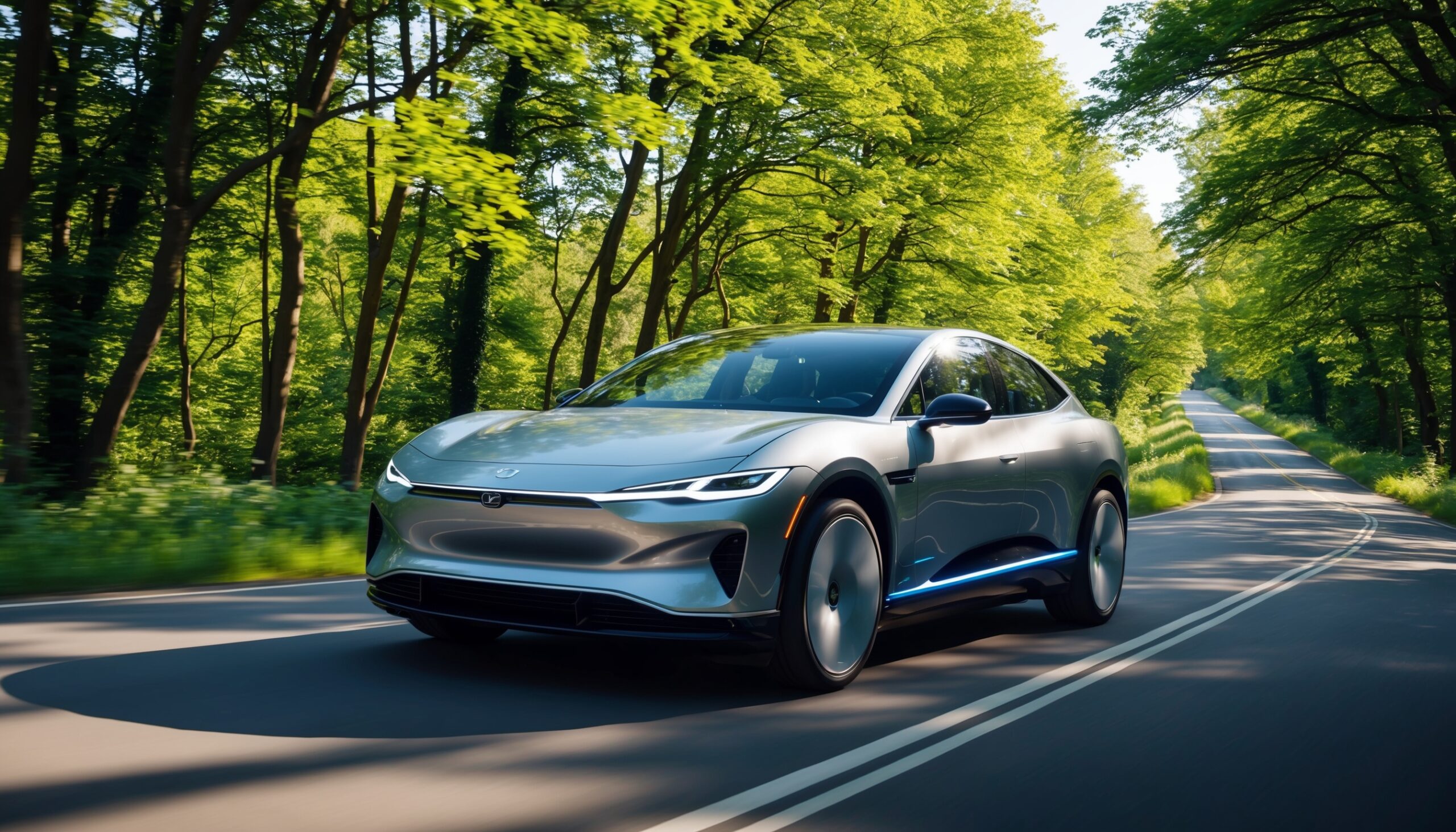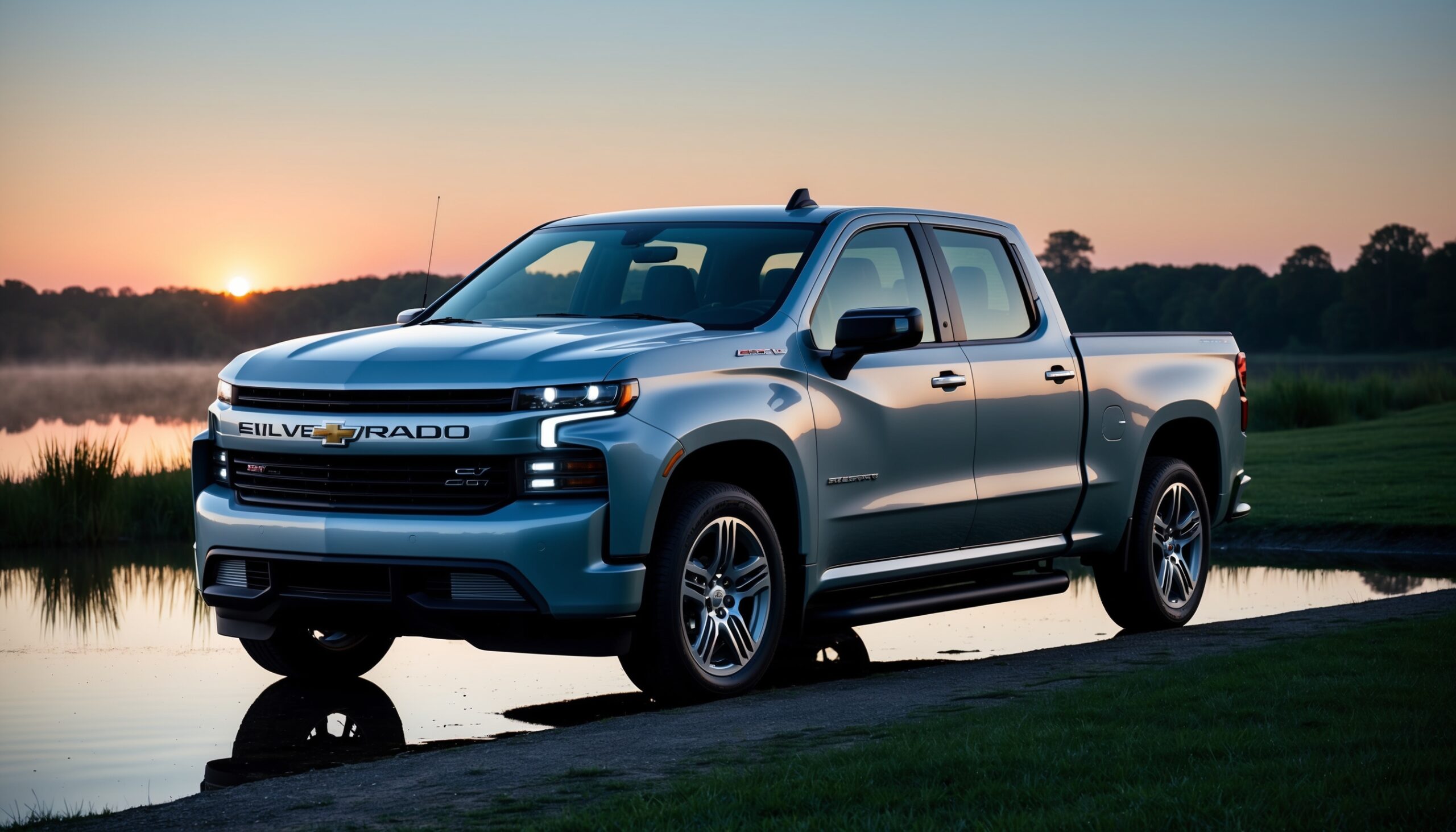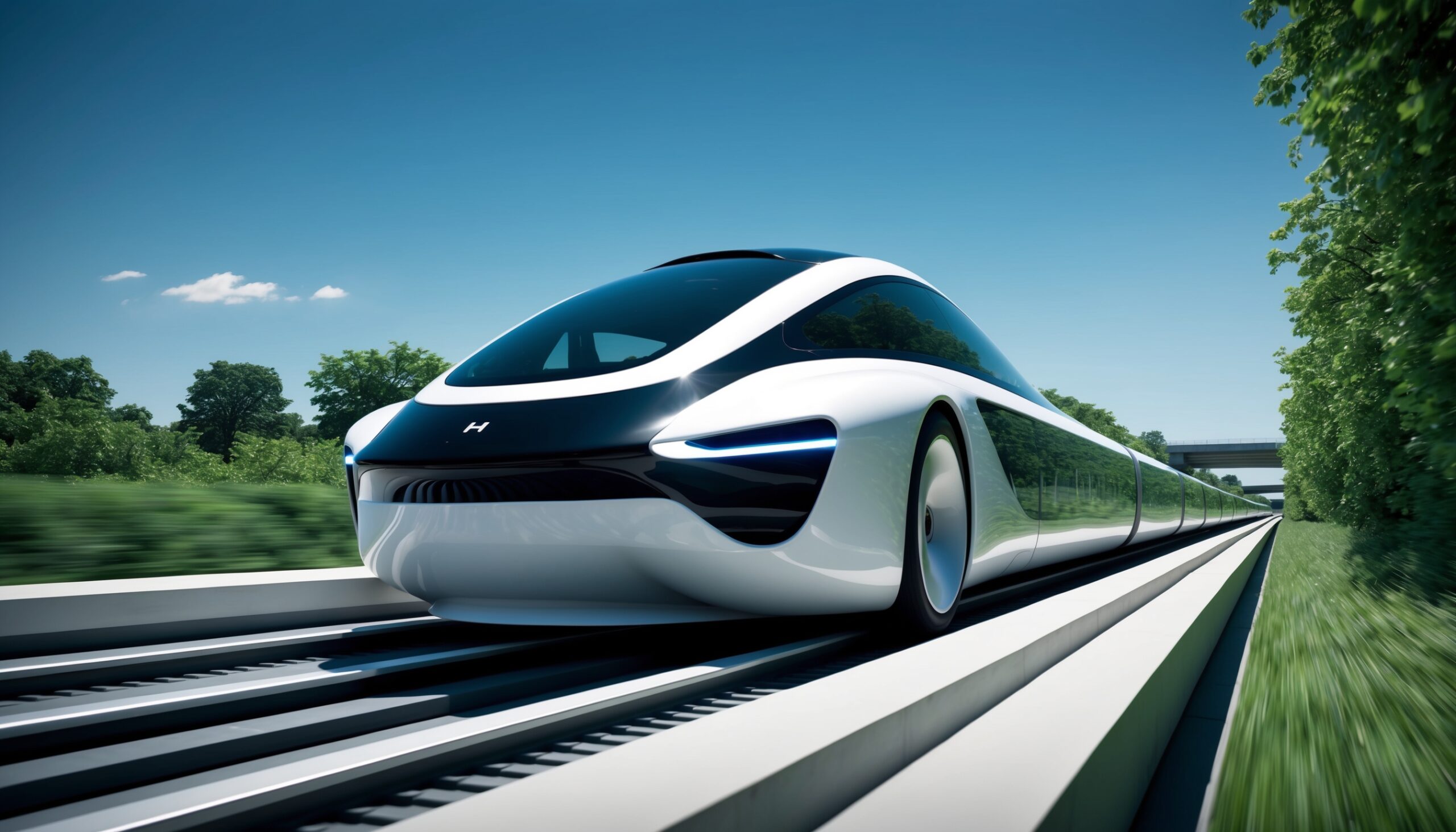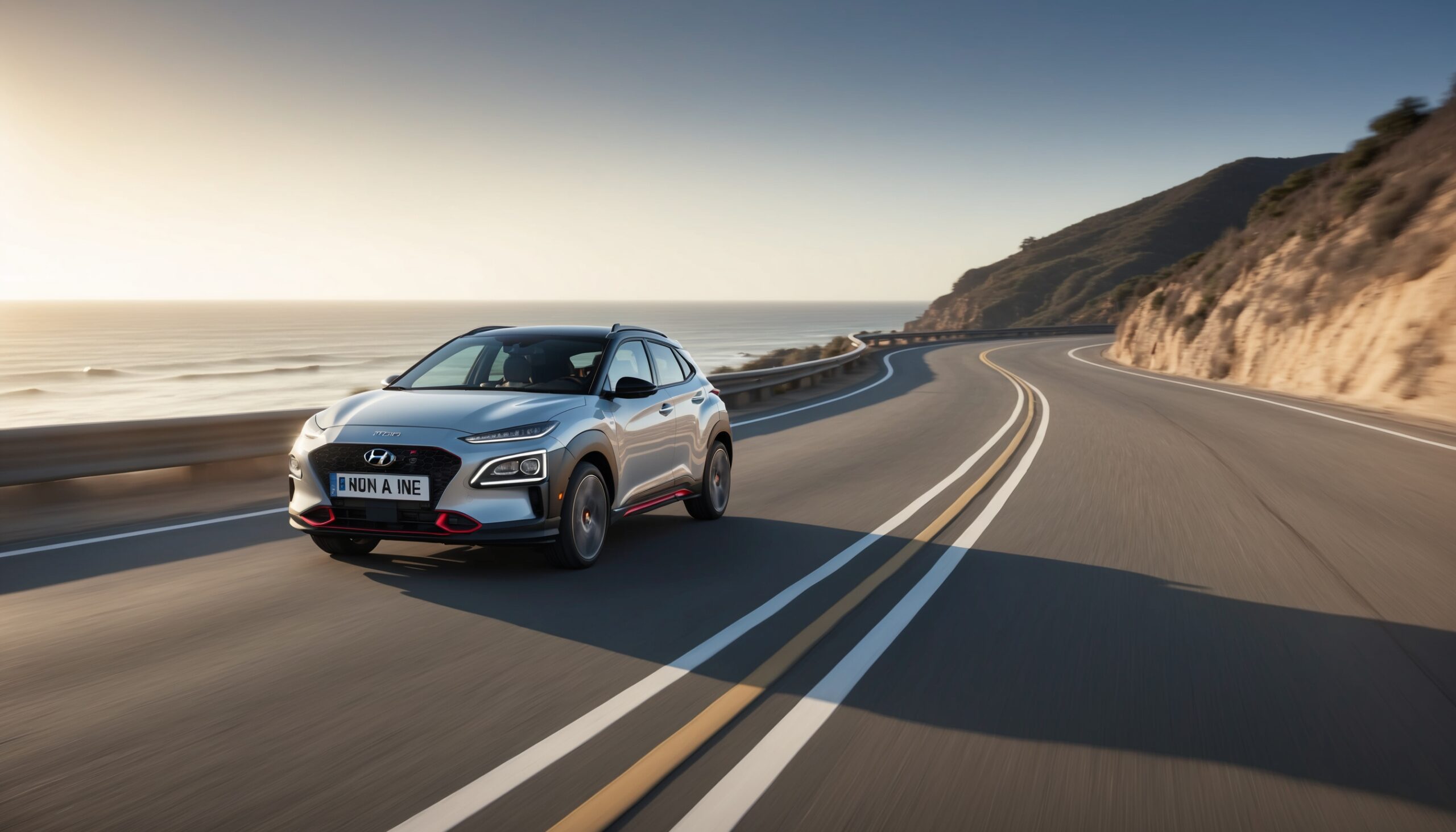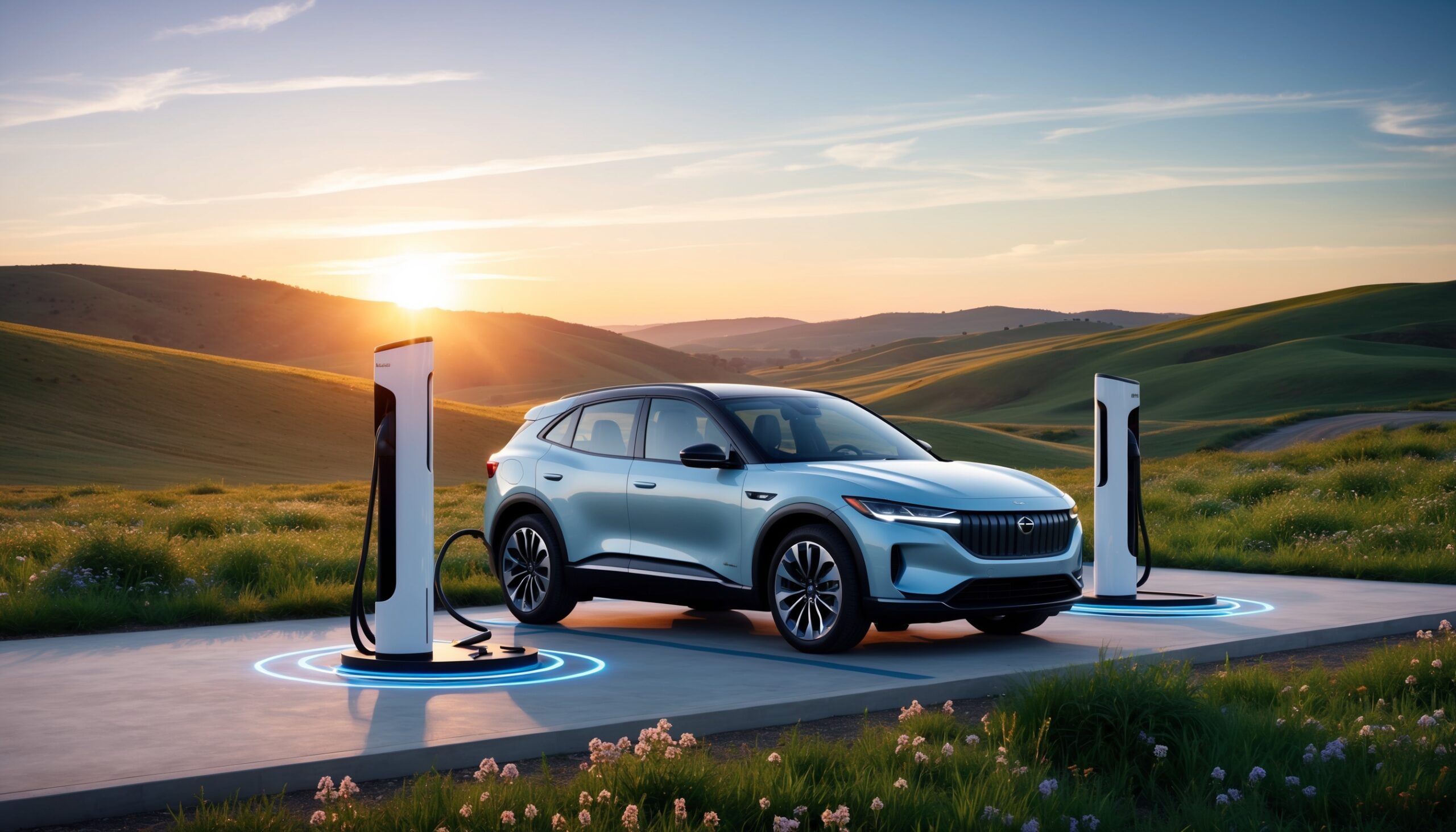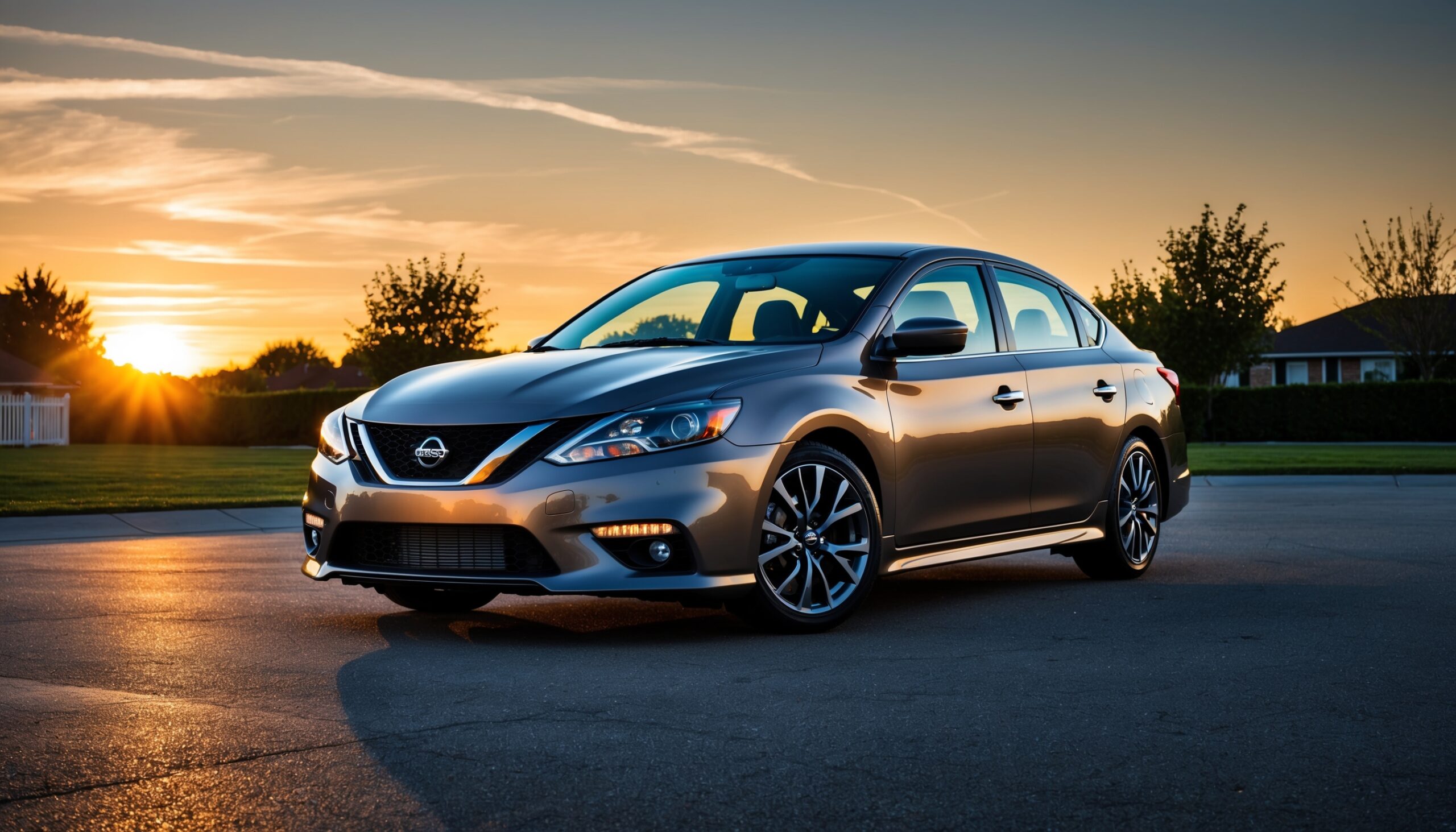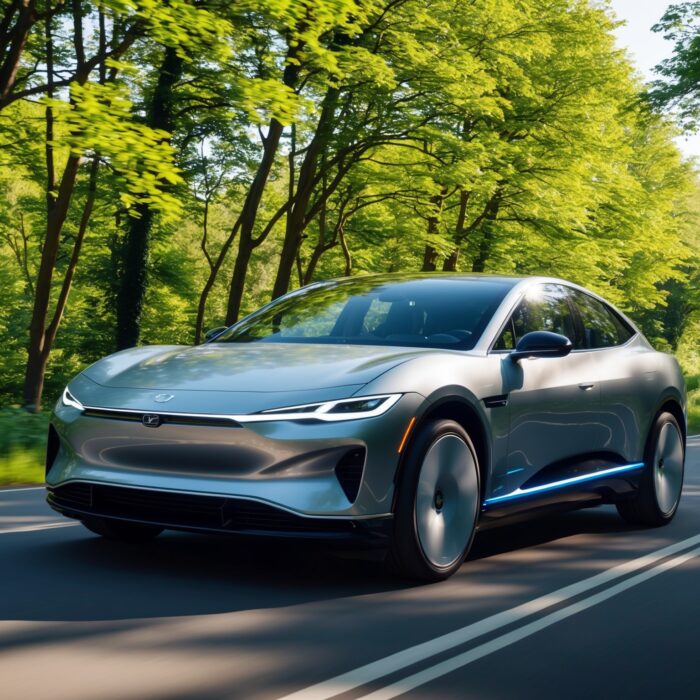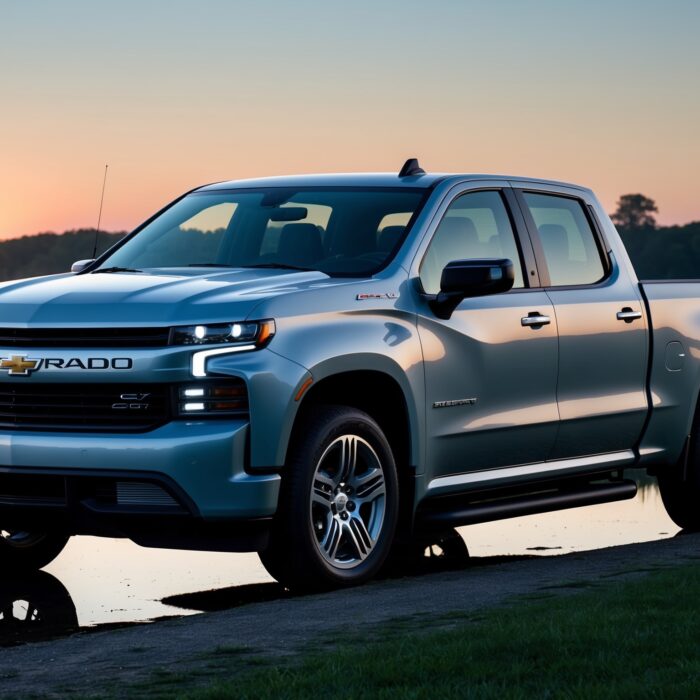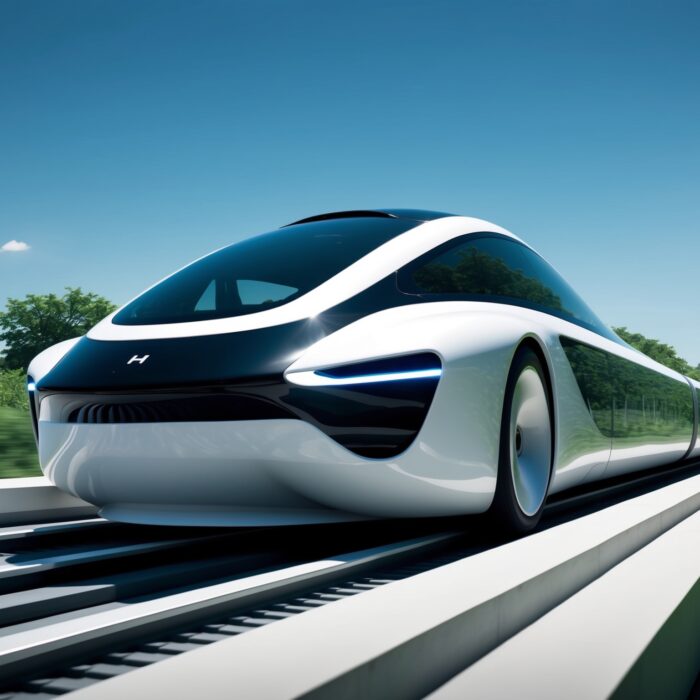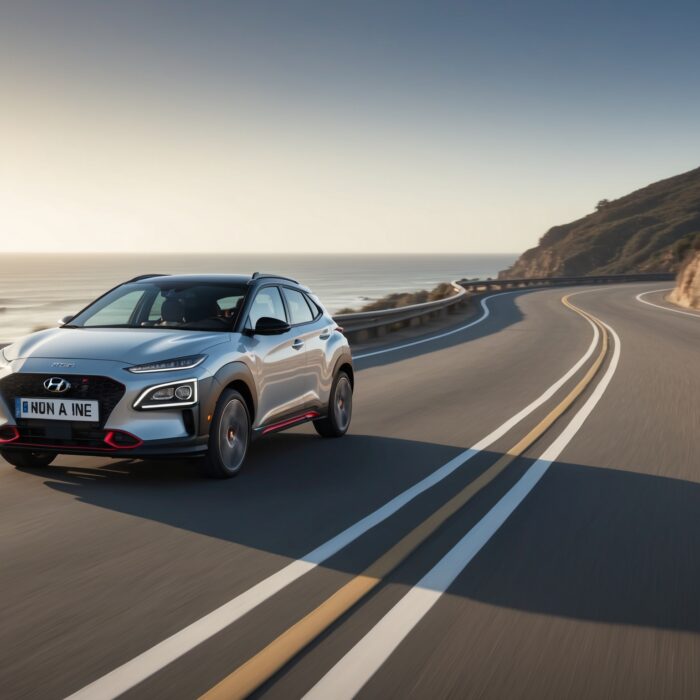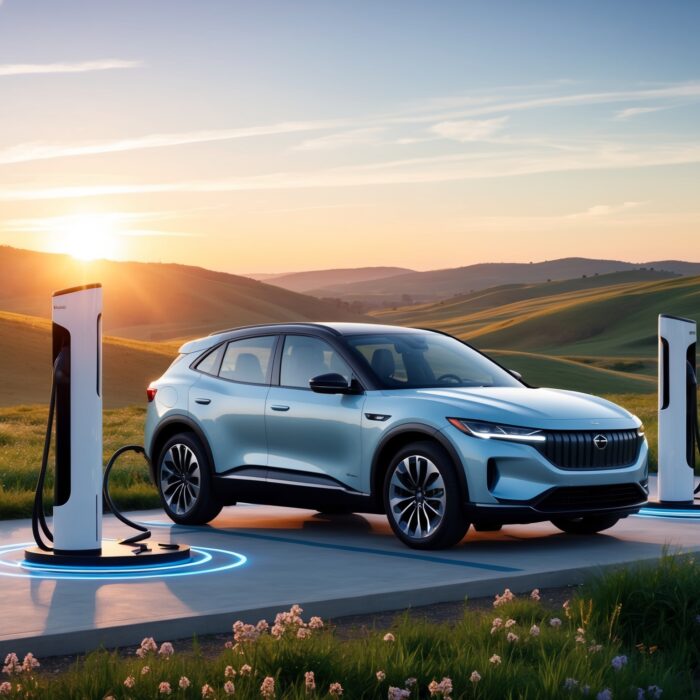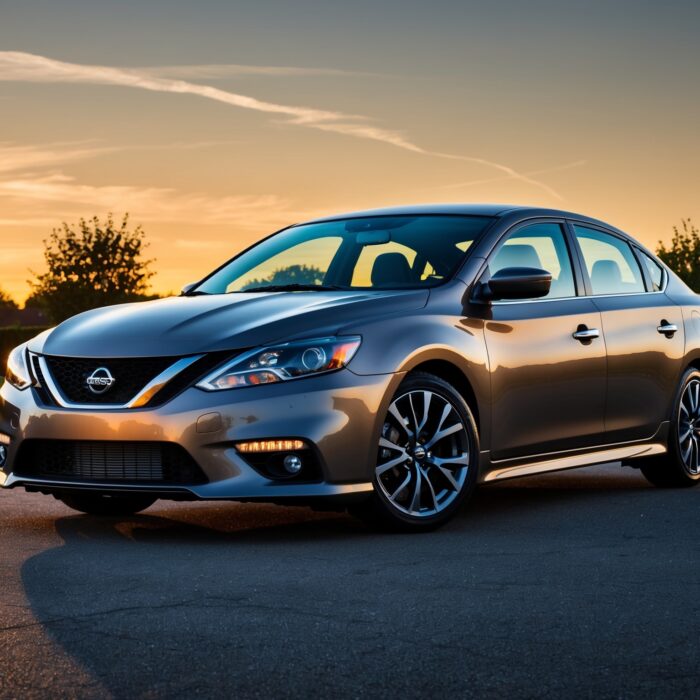The Business Case for DC Fast Charging: Who Will Win the Network War?
As electric vehicles (EVs) continue to surge in popularity, the infrastructure supporting them is becoming just as critical as the cars themselves. One of the most pressing components of this infrastructure is the charging network, especially the DC fast charging stations that promise to deliver rapid power to hungry EV batteries. But as we charge forward into this electrifying era, the question arises: who will emerge victorious in the network war? Let’s dive deep into the business case for DC fast charging and explore the players, challenges, and opportunities shaping this burgeoning market.
Also Read: The Role of Microgrids in Supporting Highway EV Charging Stations
The Growing Demand for Fast Charging
With EV sales skyrocketing, demand for effective charging solutions is at an all-time high. According to industry reports, the global electric vehicle market is projected to grow at a staggering rate, with millions of new EVs hitting the roads in the next decade. This growth isn’t just about the cars; it’s about the infrastructure that supports them. DC fast charging stations are essential for ensuring that EV owners can charge their vehicles quickly and conveniently, thus addressing range anxiety—a common concern among potential EV buyers.
The Competitive Edge of DC Fast Charging
So, what exactly sets DC fast charging apart from other charging methods? The answer lies in its speed and efficiency. Unlike Level 2 chargers that can take several hours to fully charge a vehicle, DC fast chargers can deliver an 80% charge in as little as 30 minutes, depending on the vehicle’s capabilities. This quick turnaround is crucial for those who rely on their cars for daily commuting and long trips alike.
Key Players in the Market
The race to develop and deploy DC fast charging stations is heating up, with several key players vying for dominance. Let’s break down some of the most significant contenders:
- Automakers: Major car manufacturers like Tesla, Ford, and General Motors are investing heavily in their own charging networks. Tesla’s Supercharger network is a prime example of how a manufacturer can create a dedicated infrastructure to support its vehicles, enhancing customer loyalty and satisfaction.
- Energy Companies: Traditional energy giants, such as Shell and BP, are pivoting towards electric mobility by establishing fast charging stations at their existing gas stations. With their established infrastructure and experience in energy distribution, they are well-positioned to capitalize on the EV charging market.
- Startups and Tech Companies: Innovative startups like ChargePoint and EVgo are focused solely on building extensive charging networks. These companies often push the envelope in terms of technology and user experience, appealing to a tech-savvy generation of drivers.
- Public and Private Partnerships: Governments and municipalities are also getting involved, recognizing the importance of charging infrastructure to support their sustainability goals. Partnerships between public entities and private companies can lead to expanded access and reduced costs for consumers.
The Economics of Fast Charging
While the push for DC fast charging is driven by consumer demand, the economics behind it are equally compelling. Understanding the financial implications is crucial for stakeholders in this space.
Cost of Installation
The initial investment for DC fast charging stations can be daunting. With installation costs ranging from tens of thousands to hundreds of thousands of dollars per station, the financial barrier can be significant. However, as technology advances and competition increases, these costs are expected to decrease. Furthermore, various financial incentives and grants are available in many regions to help defray these expenses.
Revenue Models
Charging network operators have several revenue models to consider:
- Pay-per-use: This straightforward model allows users to pay for each charging session. It’s easy for consumers to understand and can be a significant revenue stream for operators.
- Subscription Services: Some companies are offering subscription models that allow users to pay a monthly fee for unlimited charging or reduced rates. This model can help build customer loyalty and ensure steady revenue.
- Partnerships with Businesses: Charging stations located at retail locations, hotels, or restaurants can generate additional foot traffic, providing a dual benefit for both the charging network and the partner businesses.
The Role of Government Incentives
Governments around the world are recognizing the importance of EV infrastructure and are offering incentives to promote the installation of DC fast charging stations. These incentives can take various forms, including tax credits, grants, and loans. Such financial support can help reduce the upfront costs for charging network operators and encourage widespread adoption of fast charging solutions.
Challenges Facing the DC Fast Charging Market
Despite the promising landscape, several challenges could hinder the growth of DC fast charging networks. Addressing these challenges will be crucial for the success of the industry.
Standardization Issues
One of the most significant hurdles in the DC fast charging market is the lack of standardization. Different EV manufacturers use varying charging connectors and protocols, which can create confusion for consumers and complicate the deployment of universal charging stations. Efforts are underway to create more standardized solutions, but this remains a key challenge.
Location, Location, Location
The success of a charging network depends heavily on its locations. Placing fast chargers in the right spots—such as along highways, in urban centers, and at popular destinations—is essential. Poorly located charging stations can lead to underutilization and revenue loss, while well-placed stations can drive significant traffic and usage.
Grid Capacity and Energy Supply
As the demand for fast charging grows, so too does the strain on local power grids. Many regions may struggle to provide the necessary electrical capacity to support a widespread rollout of DC fast chargers. Upgrades to the grid and investments in renewable energy sources will be critical for ensuring a sustainable and reliable charging network.
The Future of DC Fast Charging
While challenges abound, the future of DC fast charging looks bright. As technology continues to advance, we can expect to see innovations that improve charging speed, reduce costs, and enhance the overall user experience.
Emerging Technologies
Several exciting technologies are on the horizon that could transform the DC fast charging landscape:
- Ultra-Fast Charging: With advancements in battery technology, ultra-fast charging systems capable of delivering 300 kW or more are being developed. These systems could significantly reduce charging times, making EVs even more convenient for consumers.
- Wireless Charging: While still in the early stages, wireless or inductive charging technology could provide a hassle-free charging experience, allowing drivers to simply park over a charging pad without the need for cables.
- Vehicle-to-Grid (V2G) Technology: This innovative solution allows EVs to discharge energy back into the grid, effectively turning parked vehicles into energy sources. This could help balance demand on the grid and provide additional revenue streams for EV owners.
Collaboration and Partnerships
As the market matures, collaboration will become increasingly important. Partnerships between automakers, energy companies, and charging network operators can lead to more robust and accessible charging solutions. By working together, these stakeholders can create a seamless charging experience that benefits everyone involved.
Who Will Win the Network War?
With so many players and variables in the mix, predicting the winner of the DC fast charging network war is no easy task. However, several trends could help clarify the landscape:
Consumer Preferences
Ultimately, consumer demand will drive the success of any charging network. Drivers are looking for convenience, speed, and cost-effectiveness. Companies that can meet these needs while providing a user-friendly experience will likely emerge victorious. Brands that prioritize customer feedback and adapt their services accordingly will gain a competitive edge.
Technological Innovations
As we discussed earlier, advancements in technology will play a crucial role in shaping the future of fast charging. The companies that invest in R&D and stay ahead of the curve will have a significant advantage. This includes everything from improving charging speeds to enhancing the overall user experience with smart apps and seamless payment systems.
Regulatory Support
Support from governments and regulatory bodies will also be a determining factor in the success of DC fast charging networks. Policies that promote infrastructure development, provide financial incentives, and encourage public-private partnerships will create a more favorable environment for growth.
The Road Ahead
The DC fast charging market is poised for explosive growth in the coming years, and the players in this space are gearing up for a fierce competition. As a car enthusiast and a member of the Torque Feed community, it’s exciting to witness this transformation in the automotive landscape. Whether you’re an EV owner or simply an admirer of automotive innovation, the evolution of fast charging infrastructure will undoubtedly shape the future of mobility.
Also Read: The Future of Car Shows: Shifting Focus from Concept to Production EVs
In the end, the success of DC fast charging networks will depend not just on technology and investment, but on the ability to adapt and respond to the needs of consumers. As we continue to navigate this electrifying journey, one thing is clear: the network war is just beginning, and the winners will be those who prioritize collaboration, innovation, and customer satisfaction.

